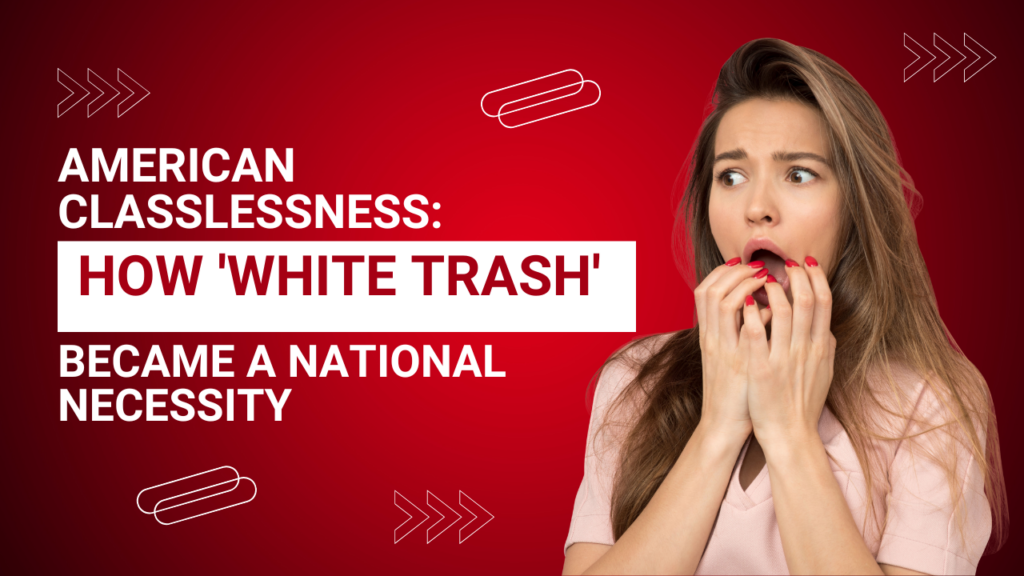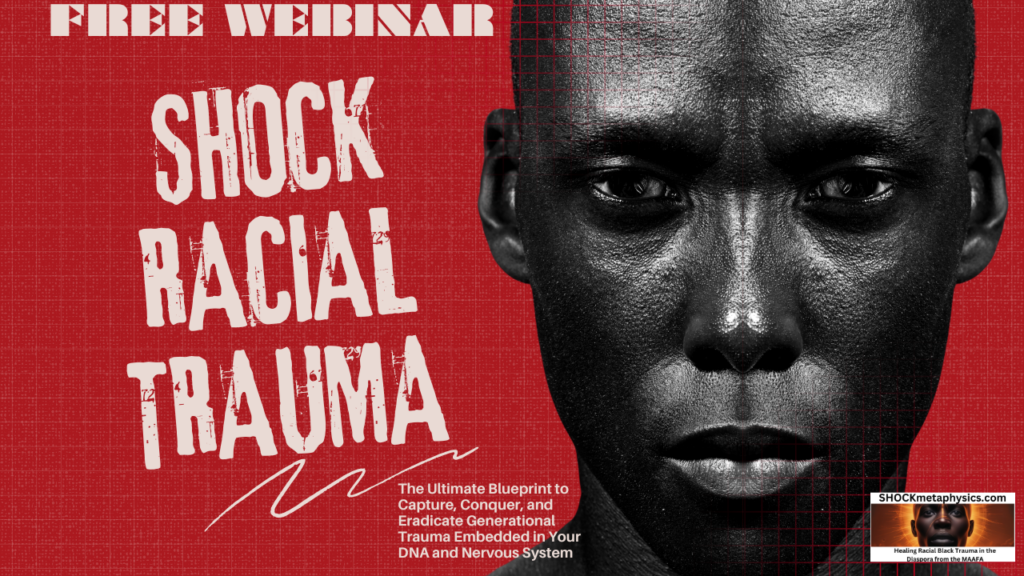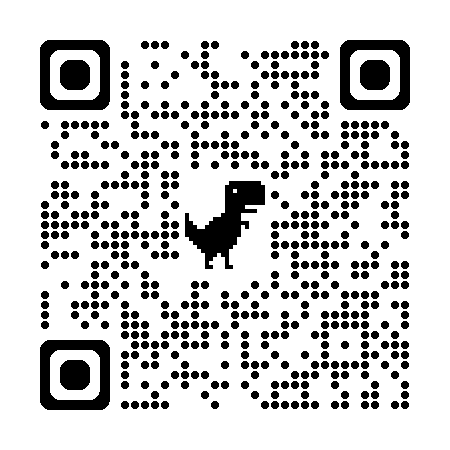
Researched and Curated By Rev. Dr. Philippe SHOCK Matthews – https://solo.to/revshock | https://linktr.ee/revshock (Black Trauma and Mental Health Specialist | Prompt Eng | GPT Dev | Research Scientist | Africana Phenomenologist | Black Mental Health Podcast Host | FREE Webinar)
Grand Rising Family!

The socio-historical construction of “White Trash” represents a foundational element in American social stratification, one whose origins extend not merely to the 19th century but to the earliest colonial establishments. This classification system, which many Americans fail to acknowledge, connects directly to British understandings of rural society and class hierarchies.
Contrary to national mythology, the American class system has always existed as a structured social arrangement. The colonial imagination conceptualized specific populations as “waste people”—expendables who could be relocated to the colonies. Richard Hakluyt, advocating for colonization in his 1584 discourse, characterized America as a “waste farm” where England’s undesirable populations—ex-soldiers, orphans, criminals, debtors, and vagrants—could be deposited. These individuals, often described using the repugnant term “offscourings,” were conceptualized as human refuse.
The language employed to describe poor whites throughout American history reveals this persistent classification: waste people, rascals, lubbers, hillbillies, low-downers, and trailer trash. These terminologies reflect a continuous social categorization system rather than isolated cultural phenomena. Despite assumptions about their marginality, these populations have frequently occupied central positions during critical historical moments, including western expansion, the Civil War, Reconstruction, the New Deal, and the Great Society.
Colonial authorities consistently blamed these populations for circumstances beyond their control—residing on poor land, physical characteristics attributed to environmental conditions, and producing children who would perpetuate a cycle of “defectiveness.” Jefferson and Franklin, despite their democratic rhetoric, maintained clear hierarchical perspectives regarding human “stock.” Jefferson proposed that a select few impoverished white boys might be “raked from the rubbish” for education, though Virginia’s legislature rejected this limited proposal.
The theory of “breeding” occupied a central position in early American social thought. Jefferson conceptualized superior men as part of a “fortuitous concourse of breeders,” establishing an “accidental aristocracy of talent” through natural selection. This perspective conveniently neglected addressing the fate of those outside the “talented rational elite.” Jefferson and Franklin promoted western territories as drainage systems for poor populations, suggesting that horizontal mobility would substitute for upward mobility. This fundamentally flawed proposition nonetheless established the foundation for America’s myth of classless exceptionalism.
Western lands remained inaccessible to the genuinely poor, who lacked funds to purchase federal parcels. Instead, they occupied public lands as trespassers, forming a significant population of squatters and “crackers.” These classifications carried multiple meanings—”squatting” standing in opposition to “legal standing,” with its implications for sovereignty and land rights. The term “cracker” originated from descriptions of “noisy braggarts” prone to vulgarity, and was associated with the concept of being “crack-brained” or idle-headed.
By the 1840s, discourse shifted from “squatters” and “crackers” toward “white trash,” increasingly identified as a Southern phenomenon. They were characterized as a “curious species” marked by yellow skin and children with abnormal features. Mary Chesnut described a local woman as a “sandhill tacky”—referencing a degenerate horse breed—with “yellow and leathery” skin, “bilious” eye whites, and “horny fisted” hands.
During the sectional crisis preceding the Civil War, these classifications gained political significance. Lincoln’s Republicans argued that slavery threatened free labor among poor white men, while Southern elites like James Henry Hammond defended class subordination as natural. Hammond coined the term “mudsill democracy” to attack the North while defending slavery and class hierarchy, arguing essential class stratification required a permanent menial labor class. Hammond contended that the South had made the “right choice” in relegating Black slaves to this position while the North had “debased their own kind.”
After the Civil War, Grant argued that the conflict liberated not only slaves but non-slaveholders—those “poor white trash” families exiled to barren lands with limited opportunities. Union soldiers transformed the derogatory “mudsill” label into a badge of pride for Northern-style democracy.
In the 1890s, the term “redneck” emerged, associated with new Southern democratic demagogues like Mississippi’s James Vardaman. A consummate showman who rode to Senate victory on an ox in 1912, Vardaman deliberately inflamed class resentments. He characterized his supporters as “undiluted Anglo-Saxons,” suggesting they represented an unevolved population trapped in antiquated behaviors while simultaneously elevating their status as sovereign voters.
The eugenics movement of the early 20th century directly targeted poor whites, particularly women. By 1931, twenty-seven states had enacted sterilization laws. The Supreme Court case Buck v. Bell (1927) exemplified this approach, as Carrie Buck, characterized as representative of “that worthless class of southern whites,” was sterilized after being determined “feebleminded.” Justice Oliver Wendell Holmes’ decision granted states the power to regulate citizen breeding, declaring that “three generations of imbeciles were enough.” Sterilization was presented as a civic duty, preventing the nation from being “swamped with incompetence.”
Post-World War II, despite the growth of a stable middle class and political rhetoric celebrating capitalism’s classless society, housing patterns maintained class segregation through zoning laws. The emergence of trailer parks represented a contentious housing option, associated with deviance and identified as “dystopian wastelands” on metropolitan fringes. Mobile home residents faced legal discrimination, classified as “footloose nomadic people” and “migratory paupers”—essentially vagrants under law.
Contemporary class anxieties manifest through reality television’s “white trash voyeurism,” exemplified by programming like “Duck Dynasty.” Yet these entertainments mask persistent social realities—class background remains the strongest predictor of individual success, with class divisions widening rather than narrowing.
White trash constitutes a central thread in America’s national narrative. Its simultaneous visibility and society’s attempts to render it invisible demonstrate the American obsession with creating labels for populations we wish not to acknowledge. White trash does not represent who we aspire to be but remains fundamentally who we are as a nation—a persistent reflection of our historical and continuing social stratification systems.
The classification of specific populations as waste or trash reflects our national discomfort with economic inequality, which Americans rationalize by naturalizing poverty as something beyond human control. This perspective has transformed poor whites into “a distinct breed”—a construction that persists through centuries of American social thought and policy.

FREE SHOCK RACIAL TRAUMA WEBINAR: http://shocktraumafreewebinar.com

“I just completed a brief session with ChatGPT-Black Trauma. Wow! The responses I got were soooooo helpfu!.” — John Jackson (Patreon Member)
At BlackTraumaGPT.com, we aim to foster healing, understanding, and empowerment within Black communities by providing culturally sensitive education, insights, and mental health resources. We aim to deepen the collective awareness of Black trauma’s historical roots and its contemporary manifestations while guiding individuals and communities toward paths of self-care, resilience, and holistic healing. By leveraging the wisdom of Africana phenomenology and the expertise of Black scholars, we support the transformation of trauma into strength, encouraging collective growth and thriving.
IT’S TIME TO BREAK BLACK TRAUMA! Heal Thyself @ BlackTraumaGPT.com http://blacktraumagpt.com/ ASK THE QUESTION(S)!
———————
Get Social with Doc SHOCK:
PATREON | ABOUT DR. SHOCK | FLY SOLO | ACADEMIC BIO | BLOG | BLACK TRAUMA PODCAST | ENDORSEMENT | THREADS | IG | FB PAGE | PRIVATE GROUP | X | LINKEDIN | TIKTOK | PINTEREST | BLACK TRAUMA GPT | BLACK AI CONSORTIUM | BOOKS BY DOC SHOCK

